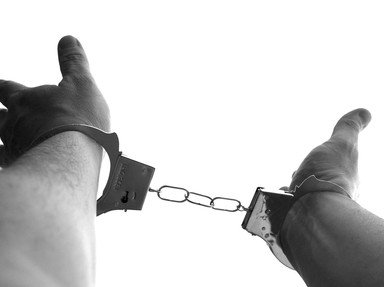Quiz Answer Key and Fun Facts
1. The development of the electric chair was spurred on by two factors - the cruelty of hanging as a means of execution and the campaigning of which noted inventor?
2. What was the occupation of Alfred P. Southwick, the man who introduced the concept of an electric chair? (Hint: His job and a chair are relevant).
3. The establishment of the electric chair enveloped two high profile providers of electricity in a public smear campaign. Which of the following was one of those inventors?
4. The term "electrocution" is a portmanteau (a new word formed by joining parts of two others) of "electric" and "current".
5. The "current wars" prevailed between two electricity suppliers in the lead up to the establishment of the electric chair. What role did the inventor Harold P. Brown play in this?
6. After identifying electrocution as the most humane way of executing the death penalty which of the following mediums was also given serious consideration before settling on the electric chair?
7. In its early days a prisoner executed by way of the electric chair was described as being "westinghoused"?
8. If performed correctly, which of the following would be the first to occur in an execution of the death penalty by electric chair?
9. In its first century of use, apart from the USA, which of the following countries is the only other to use the electric chair to execute capital punishment?
10. What was the outcome of the first prisoner strapped to the electric chair for execution?
Source: Author
pollucci19
This quiz was reviewed by FunTrivia editor
bloomsby before going online.
Any errors found in FunTrivia content are routinely corrected through our feedback system.

